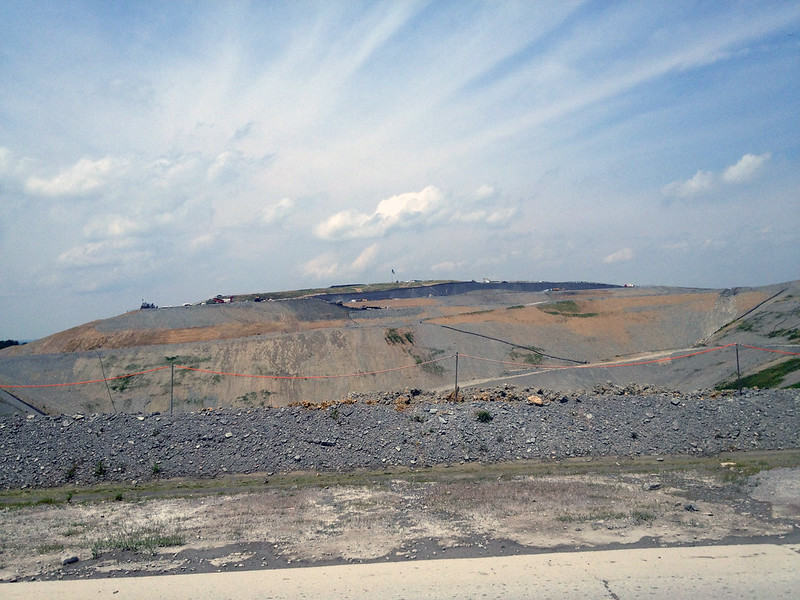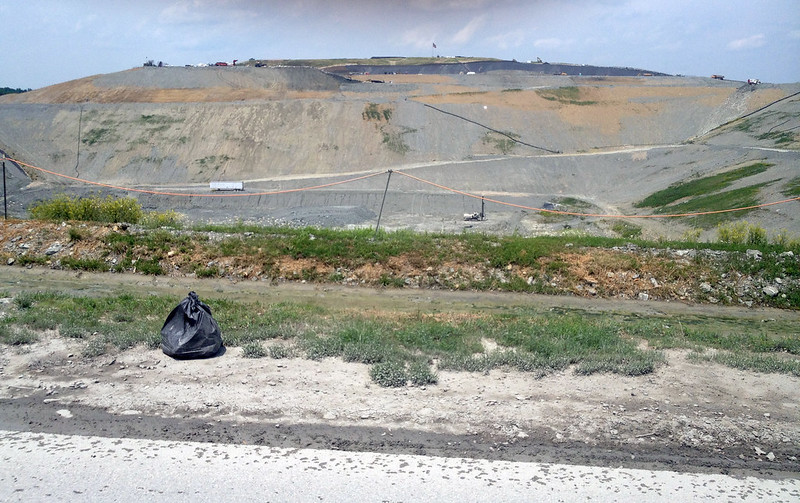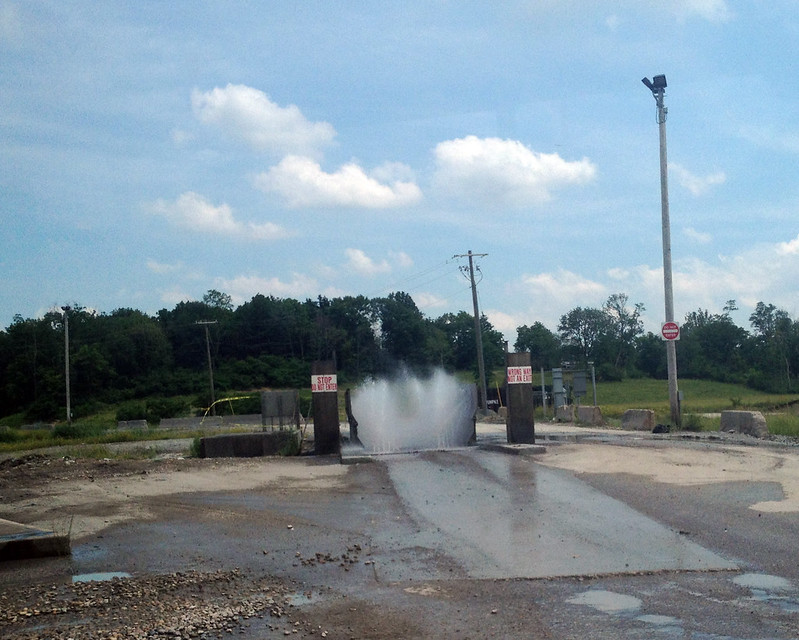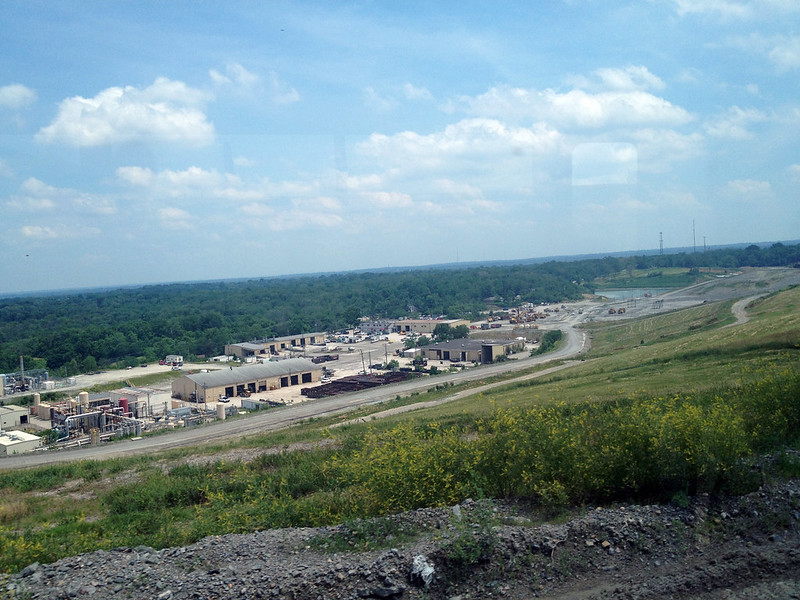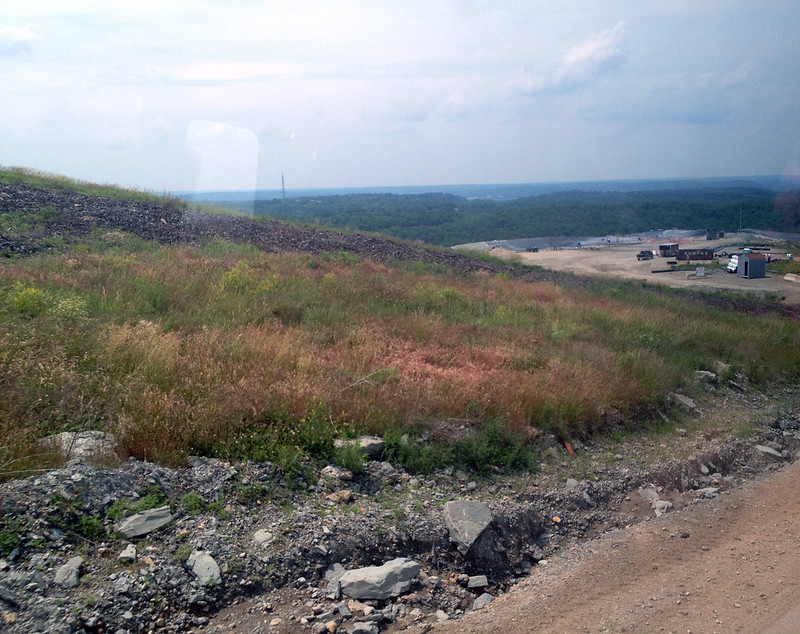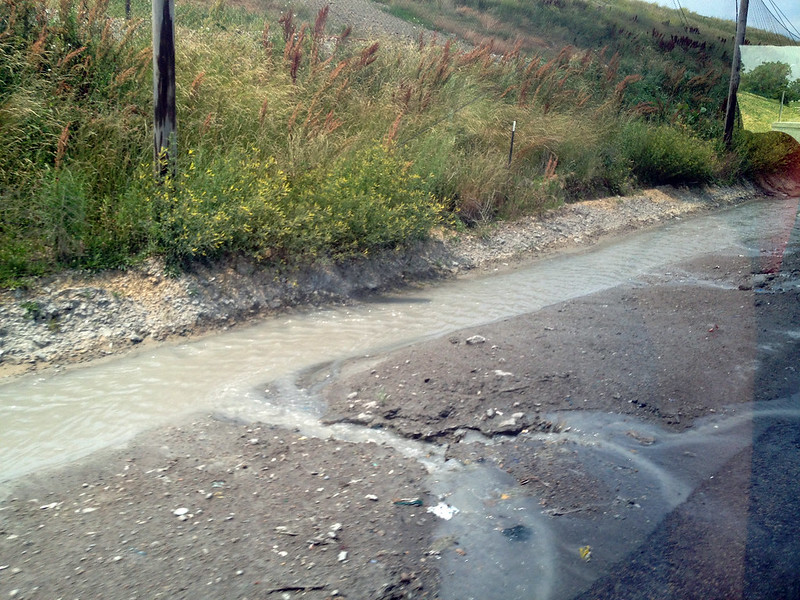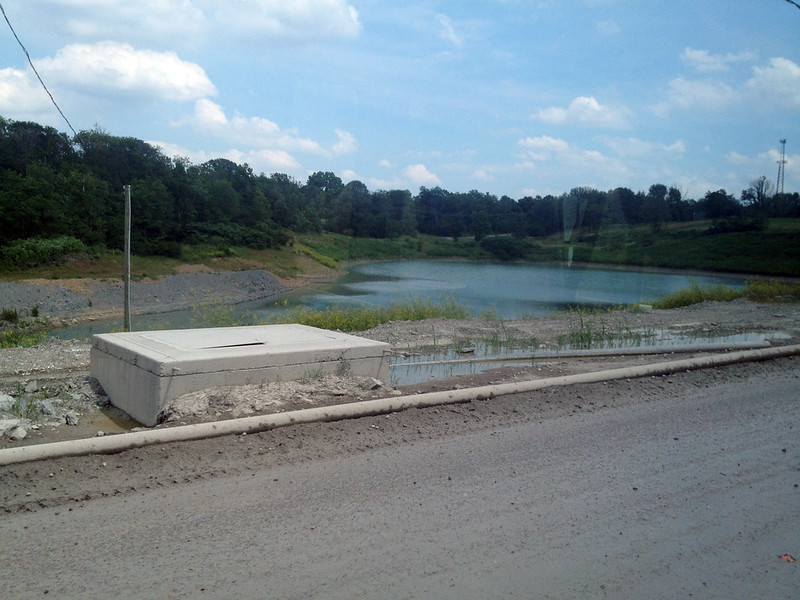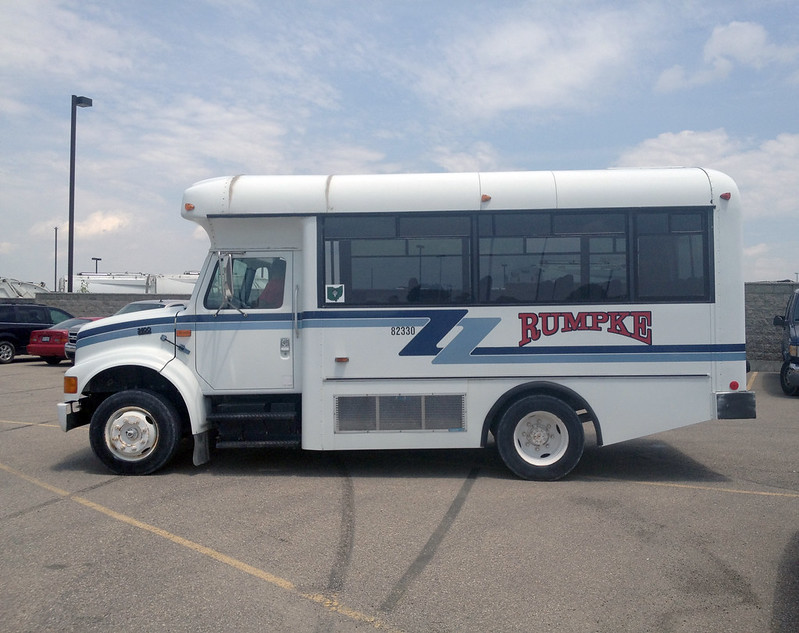 |
| Our tour bus |
 |
| Excited young visitors joined us for the Rumpke tour |
Rumpke stems from humble beginnings in 1932, when coal delivery man, William Rumpke would accept livestock as trade for his services. One day, he was paid with six pigs to which he began feeding garbage. By the 1950s, William owned over 1,000 animals and people had begun paying him cash to remove their trash. The site of Rumpke's landfill is on the original property used by William for his farm. Today, the business has expanded to include 2,000 employees, nine addidtional landfills and ten recycling centers.
Over 800 truck loads of garbage are delivered daily to Rumpke from within a 60-mile radius. That equals out to 8,000 tons of trash per day collected from two million citizens. Some of the more interesting things that have discarded in Rumpke Landfill include a circus elephant, the world's largest chocolate bar, dentures (that the owner later retrieved), and church donation envelopes filled with money.
Naturally, Adventure Mom and I chose the hottest day of the year to visit Rumpke, which left us wondering if it would make for a rather "ripe" experience. We didn't smell a thing during our tour. Rumpke uses organic air fresheners that look like orange rope, which surrounds the perimeter of each hole to control the scent. They also has an industrial strength Febreeze-like sprayer that mists the garbage if things get a little rank. I never thought a landfill would smell as fresh as a daisy!
A working day for a garbage man begins at 3:30am and lasts until noon. One residential truck can hold trash from up to 500 households, while a commercial dumpster truck can hold 80 stops worth of waste. One garbage truck costs $250,000.
When arriving at the facility, garbage trucks are weighed at a weigh station and tracked to know where each load came from. From there, the trucks proceed to dump their load into a big hole, called a cell. Each cell contains a three-foot layer of clay with special liners which act like concrete to keep water and materials inside. Any runoff from the garbage is collected and set to a waste water treatment plant.
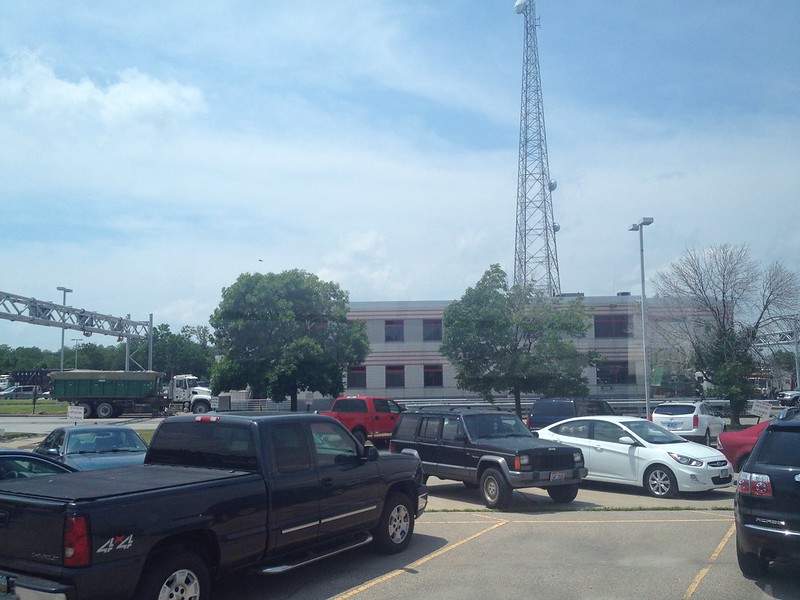 |
| Weigh station |
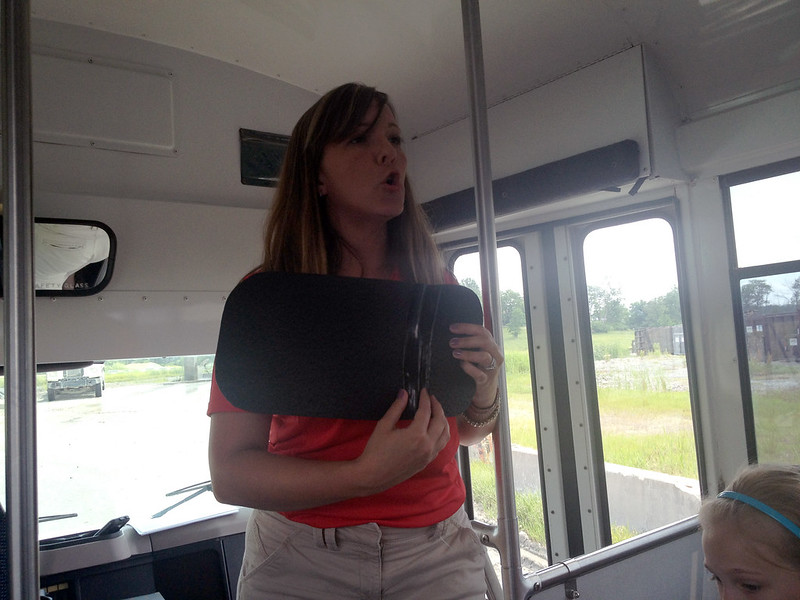 |
| Our guide, Sara, explains the different types of liners for the garbage cells. |
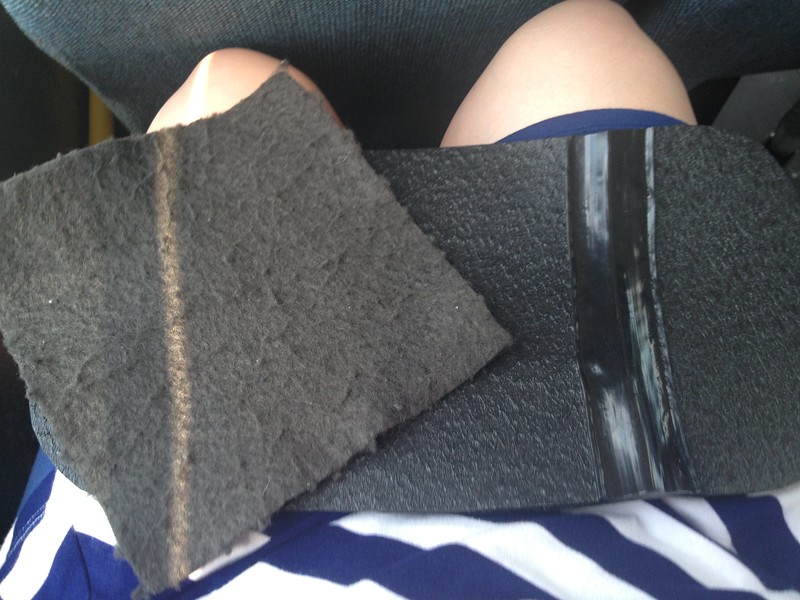 |
| Samples of the liners in the landfill |
After dumping their load, garbage trucks proceed through the wheel washer to become sanitized after leaving the landfill.
Additionally, methane gas that the garbage produces is collected and recycled. Energy from the gasses are used to power 7% of the Duke Energy customers' homes, benefiting 25,000 residences. It is also used to fuel 30 Rumpke trucks as an alternative to diesel.
We we victoriously scaled to the top of "Mount Rumpke," one can see for miles atop this 150-foot hill.
 |
| Ascending Mount Rumpke. Check out that view! |
 |
| Made it to the top! |
Over 60% of the waste that is dumped in the Rumpke Landfill could be recycled. The current land is only sustainable for another 12 years until it reaches capacity. Fortunately, staff is working on an expansion that will add another 40-year lifespan. Each "giant hole" is approximately 150 feet deep and several football fields in length. Each new cell will be completely filled with trash within three years.
After Rumpke's landfill reaches capacity, it will be covered with a hygienic liner, grass will be planted, and the space will transform into a park. Is this safe? Absolutely. The site will continue to be monitored for groundwater and air quality for 30 years after Rumpke ends is reign.
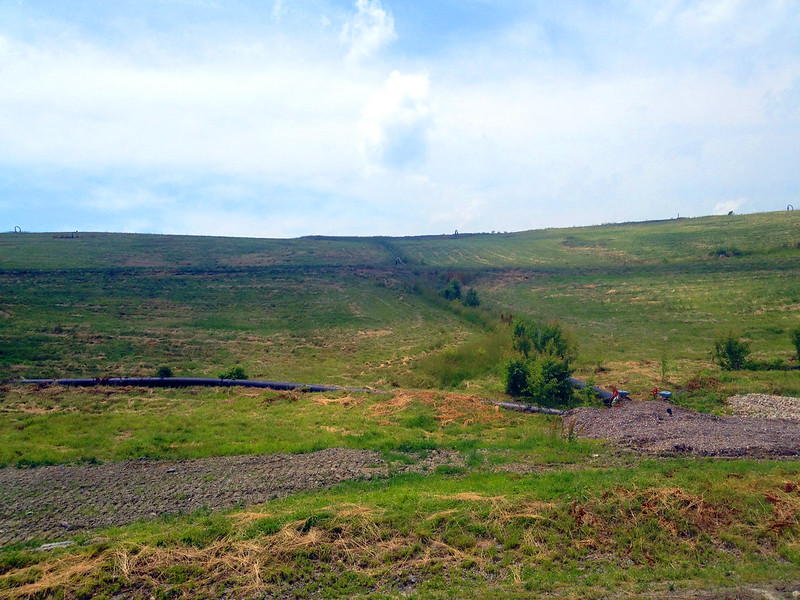 |
| Regrowth of green space on the previously filled garbage cells. |


